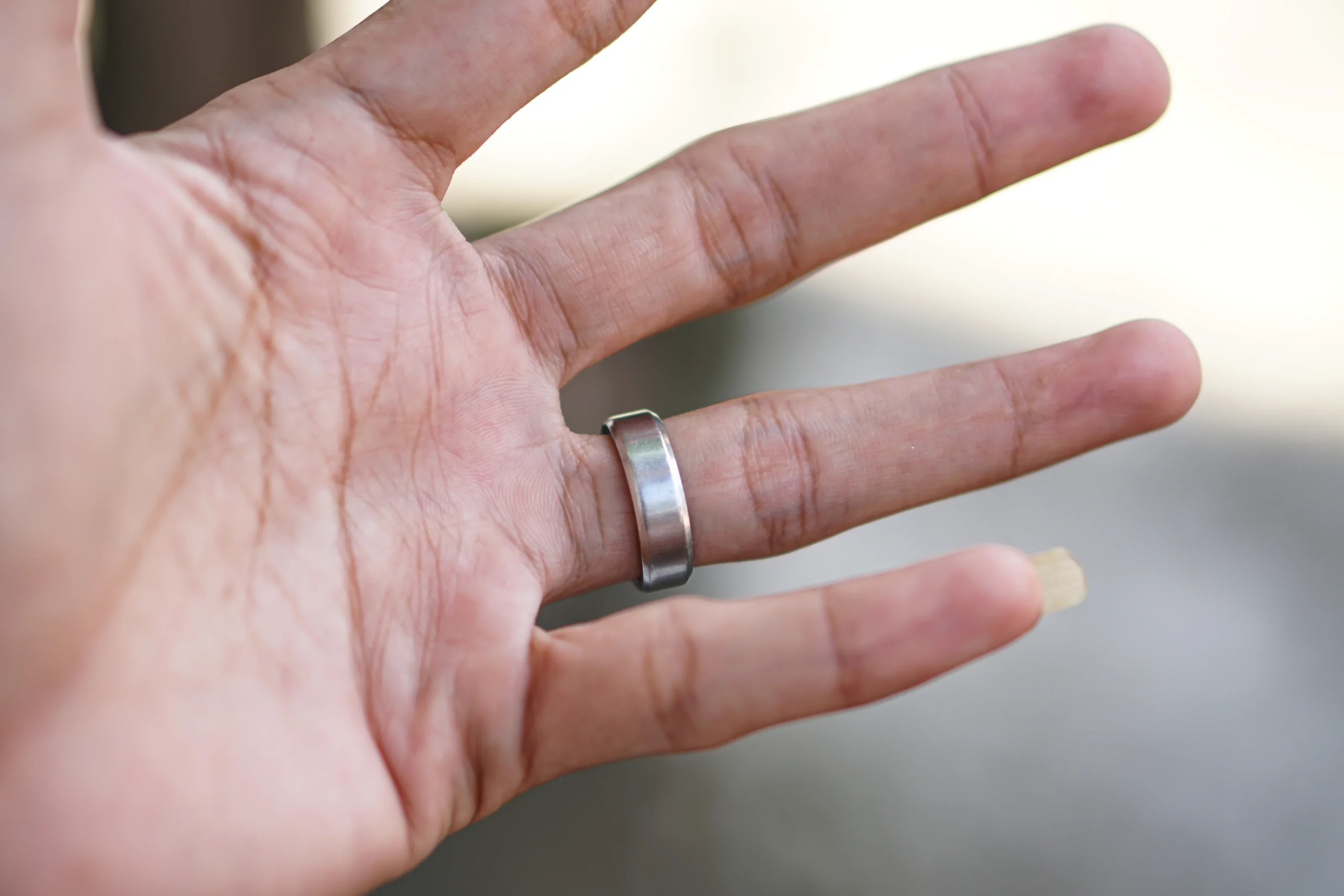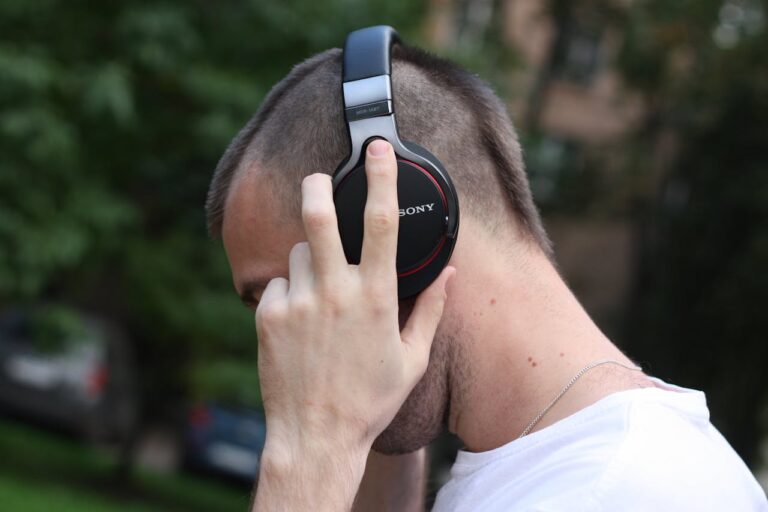Write Us: hello@ali5.org
Smart Rings for Health in 2025 – Style Meets Substance?
Looking for a sleek way to track your health? Discover the best smart rings of 2025 that combine accurate fitness tracking with modern, wearable design.

Let’s talk about rings that are smart. Not watches that are smart. Not bands for fitness. Real rings. Small, sleek bands that fit on your finger and quietly collect a lot of information about your body.
Smart rings are no longer just a niche gadget in 2025; they are real health tools.
And they’re doing something most wearables struggle with: blending form and function. The question is, are these cute little trackers really helping people take better care of themselves, or are they just another tech trend that looks good?
Let’s dig in.
What Are Smart Rings, Really?
At a glance, they look like regular rings. No screen. No flashing lights. But packed inside that small circle is a collection of sensors that can track:
-
Heart rate
-
Blood oxygen levels
-
Skin temperature
-
Sleep cycles
-
Activity levels
-
Menstrual cycle data (in some models)
-
Stress and recovery indicators
-
Even early illness detection signals
And unlike smartwatches, you don’t need to charge them every day, and they don’t scream, “I’m tracking my steps.” They’re subtle. Understated. Almost invisible.
That’s what makes them interesting in 2025. We’re now at a point where people want health insights—but they don’t want another bulky gadget strapped to their wrist. That’s where smart rings come in.
Why Smart Rings Are Gaining Ground
There’s a reason we’re seeing more people switch from watches to rings. Actually, there are a few:
1. Always-On Without Being Always in Your Face
Smart rings are passive. You don’t check them. They just work. No screen to distract you. No notifications buzzing your hand every five minutes.
2. Long Battery Life
Most smart rings last anywhere from 4 to 7 days on a single charge. Compare that to a smartwatch that dies overnight if you track your sleep, and the ring clearly wins on convenience.
3. Better Sleep Tracking
Wrist-based trackers can be inaccurate because of muscle movement. Rings, worn snugly on your finger, tend to get more consistent heart rate and oxygen readings, especially during sleep.
4. Style Without Sacrificing Tech
Rings are minimal. Discreet. Easy to wear with any outfit. This makes them appealing not just to tech lovers, but also to people who value aesthetics just as much as function.
The Most Popular Smart Rings in 2025
Here’s a look at some of the top players dominating the smart ring market this year.
1. Oura Ring Gen 4
What it does: Tracks sleep, heart rate, temperature, activity, recovery, and period prediction.
New in 2025: Oura’s Gen 4 ring now includes continuous SpO2 monitoring, real-time stress tracking, and haptic alerts for irregular heart rhythms.
Why people love it: It’s sleek, medically backed, and the app gives surprisingly detailed (but easy-to-understand) feedback. Also comes in various colors and finishes, so it actually looks like jewelry.
Downside: Subscription required for full insights. The ring isn’t cheap either.
2. Ultrahuman Ring AIR
What it does: Focuses on metabolic health, HRV, sleep, and recovery.
Why it’s hot in 2025: It’s lighter than Oura, doesn’t require a subscription, and integrates well with Apple Health and Google Fit. Also, the battery lasts up to 6 days.
Best for: Athletes, biohackers, and anyone focused on recovery and performance.
Downside: Doesn’t track menstrual cycles or offer stress management features yet.
3. Circular Ring Pro
What it does: Heart rate, SpO2, sleep stages, body temperature, respiratory rate, and more.
Unique 2025 features: Onboard AI coach called Kira gives daily personalized suggestions based on your sleep and recovery data. Also has smart alarm and gesture control support.
Why it’s getting attention: More affordable than Oura and packed with features. The AI assistant makes it feel more personalized.
Downside: Still working out some software bugs; app UI isn’t as polished.
4. RingConn
What it does: Focuses on no-subscription, core health tracking—heart rate, sleep, activity, and stress.
Big win in 2025: Consistent firmware updates, great battery life, and a focus on privacy (your data stays on your device unless you opt in).
Why people are buying it: Solid performance at a reasonable price, with no hidden fees.
Downside: Less advanced in predictive health insights compared to Oura.
Are They Accurate?
Here’s where things get tricky.
Smart rings are accurate enough for trends, not diagnostics. They’re not going to replace your doctor, but they can help you understand your body better. For example:
-
You might notice your resting heart rate goes up before you get sick.
-
Your ring might detect poor sleep quality after a late-night Netflix binge or heavy dinner.
-
Athletes might spot dips in HRV (heart rate variability) that signal overtraining or stress.
In short, it’s not about perfect numbers. It’s about awareness.
So, Are Smart Rings Worth It?
Let’s break it down based on different types of users:
For the Everyday Health Watcher:
Yes. If you’re trying to sleep better, reduce stress, or be more aware of your recovery, a smart ring gives you real insights without interrupting your life.
For Athletes & Fitness Junkies:
Absolutely. HRV, sleep tracking, and recovery data help optimize training. Pair it with other tools (like a glucose monitor or smartwatch), and it becomes a powerful system.
For People Who Hate Wearing Stuff:
Yes again. It’s subtle, comfortable, and doesn’t feel like tech on your body.
For People Expecting Medical-Level Data:
Maybe not. These aren’t medical devices (yet), and you shouldn’t treat them like one.
The Future of Smart Rings
Where are these little gadgets headed next?
-
Biometric Payments: Think contactless payments via your ring. Already in development.
-
More Medical Accuracy: Companies are pushing for FDA approval to detect early signs of illness, like AFib or respiratory issues.
-
Deeper Health Integrations: Your ring could sync with everything—your phone, your doctor’s dashboard, even your insurance (though that’s a privacy debate for another day).
-
Customizable Designs: Expect modular rings where you can swap bands or stones, combining health with high fashion.
Final Thoughts
So, do smart rings in 2025 look good and work well? Yes, for sure.
They’re not just fitness gadgets, they’re evolving into daily health companions. Whether you care about recovery, stress, sleep, or just want to stop your wearable from clashing with your outfit, smart rings offer a practical and polished alternative.
They’re not for everyone, and they’re not magic. But for many people, they’re exactly the kind of passive, personalized tool that makes living a healthier life just a bit easier.







